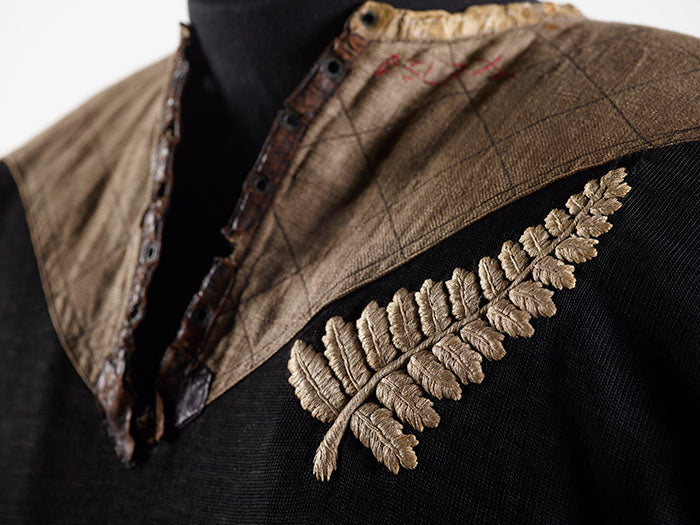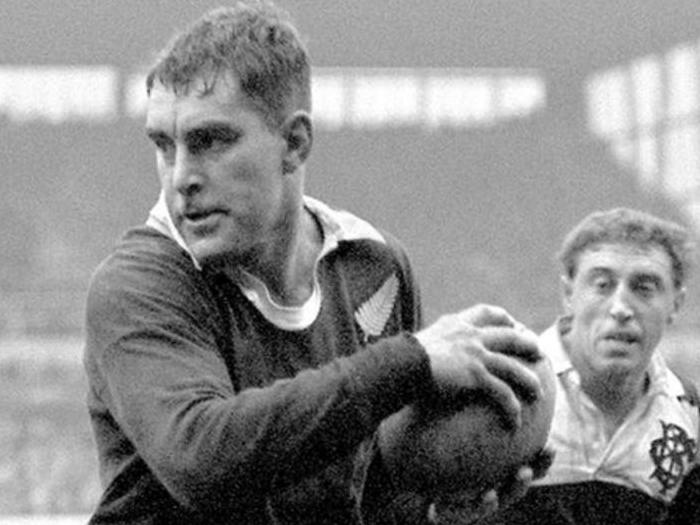Original & Invincible
by Murray Crane
There are few pieces of clothing as recognisable and powerful in world sport as the All Black Jersey. The black jersey with its silver fern is revered the world over and no more so than right here in Aotearoa.
The first New Zealand national rugby union team was formed in 1884, but it was not until 1893 that the team officially adopted the black jersey with a silver fern. The choice of the colour black was a practical one as it was a colour that could be easily dyed and was readily available.
The silver fern or Ponga has been accepted as a symbol of New Zealand’s national identity since the 1880s, in particular with the military and sports teams. To Māori, the elegant shape of the fronds stood for strength, stubborn resistance, and enduring power. To Pākehā (New Zealanders of non-Māori descent), the fern symbolises their sense of attachment to their homeland.
Over the years and centuries, the design of the All Blacks jersey has evolved to incorporate technological advancements while maintaining tradition. The original jerseys were made of heavy cotton, but in the 1990s, synthetic materials were introduced to make the jerseys lighter and more breathable. In recent years, the jerseys have been made of a combination of polyester and elastane, which allows for a tight fit while also providing the players with freedom of movement.
The silver fern on the jersey has also undergone changes over the years. In the early days, the fern was embroidered onto the jersey, but it is now heat-pressed onto the fabric. The design of the fern has also been modified slightly, with the current version being a stylized representation of the plant.
The jersey has not been without controversy. In 1999, the New Zealand Rugby Union (NZRU) signed a sponsorship deal with Adidas, which meant that the Adidas logo would be featured on the jersey. Despite this, the partnership with Adidas continues to this day. Another controversy arose in 2011 when the NZRU decided to remove the white collar from the jersey, a feature that had been present since 1893.
These decisions were met with backlash from traditionalists who felt that the changes were unnecessary and eroded the heritage of the jersey. As we begin another World Cup campaign and despite the controversies and changes over the years, the jersey continues to be worn with pride by the players and cherished by fans all over the world.



View more Dispatch posts
Back to DispatchLottie Consalvo – The Invisible World
We’ve long admired Lottie Consalvo’s work and the way it occupies that delicate space between what’s seen and what’s felt. Her paintings and performances seem to exist on the edge...
Permanent Style Magazine
The second issue of Permanent Style magazine is arriving soon, and it represents a notable evolution from the debut. The most anticipated development is the expansion of exclusive content: five...
Grace & Flora
We’re pleased to now have our store flowers created by Grace & Flora, led by florist Hannah Low. Her arrangements have featured in our spaces before, most memorably for special...